Awoulaba/'taille fine'
The Westernization of traditional feminine beauty standards in the Ivory Coast
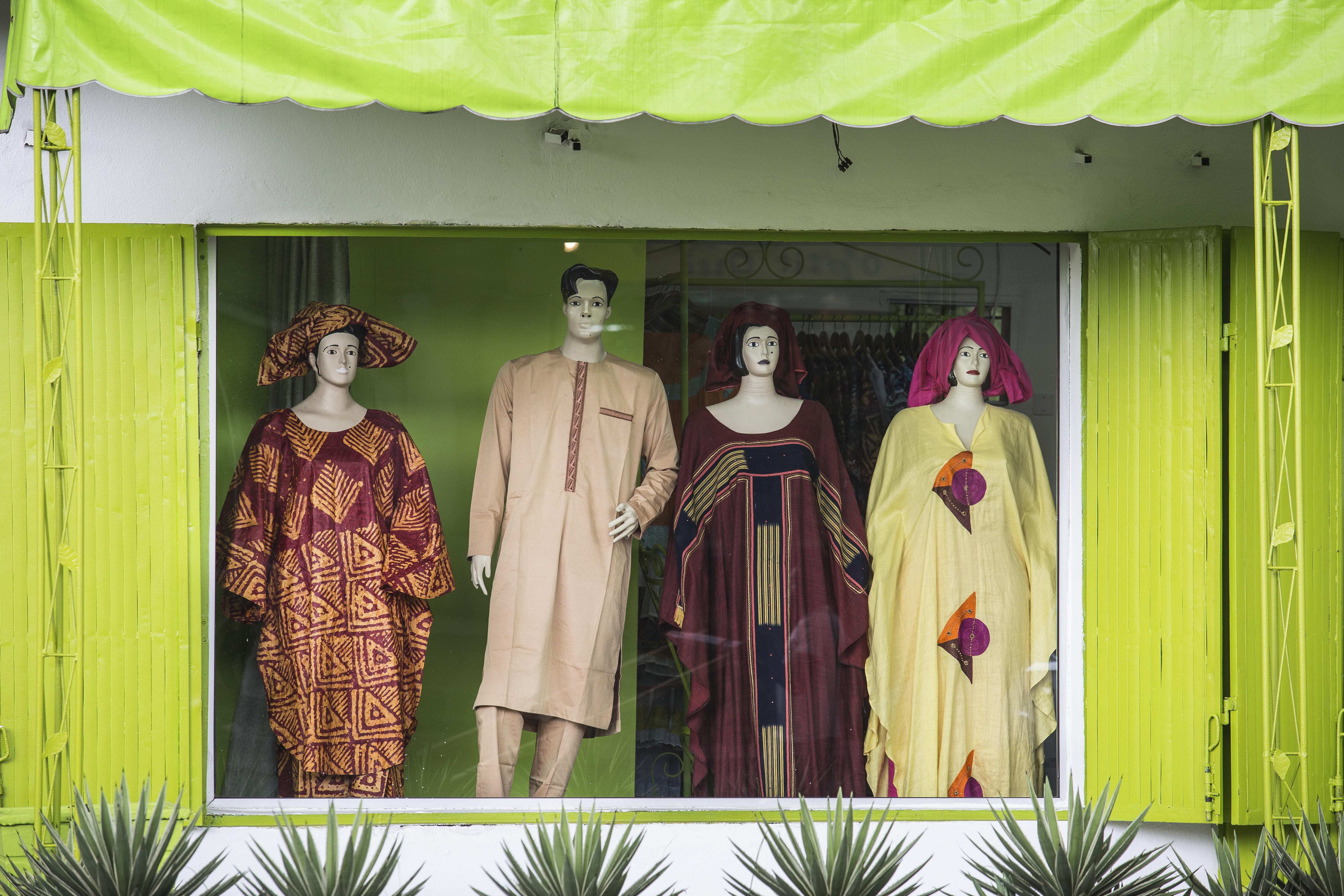
Text by Maria Anney and images by Joana Choumali.
Awoulaba/taille fine: The gray area
Awoulaba, little queen … here in the Ivory Coast (Akan tribe, Baule language) this is the way to describe a classy, beautiful woman, to highlight the opulence of her thighs, the generosity of her hip size, her voluptuous bottom, her natural black skin, her thick and natural curly hair, her white teeth, and, of course … a narrow waistline! Some traditional beauty standards — and then a notion of beauty shared by many Africans that is enough to make our male ancestors shudder.
Once upon a time, capitalism, waltzing with patriarchy and neocolonialism, made a path toward the mimesis of Western customs, values, and representations of feminine beauty. The way appeared to be winding for those who followed it (voluntarily or not), specifically for Ivorian women, who are confronted with a double standard: to embrace both the Awoulaba and the taille fine (French for “narrow waistline”). Is the possession of Western beauty standards a denial of our African/Ivorian identities?
In fact, while Western standards of feminine beauty have spread across our continent (and much of the rest of the world) in recent decades — particularly the obsession with White, thin, and sexualized female bodies, and the unfortunate tendency to exoticize/objectify Black bodies — some footprints remain on the path, revealing the distortion of Ivorian social expectations and Western impositions on how women here perceive their bodies.
A superimposition of beauty standards
Joana Choumali explores with this series the complex, contradictory notion of femininity. She reveals, also, the path between tradition and modernity. The multidimensional influence of Western beauty criteria on beauty and body image in the contemporary Ivory Coast (and, perhaps, in every contemporary feminine world) is strongly felt in the dualism between Awoulaba and taille fine; in this significant project it is documented in two ways: 1) through images of local manufacturers modifying the ubiquitous Western, White mannequins or creating mannequins called Awoulaba, with body shapes more associated to those of African women (well-filled breasts, full arms, painted in darker tones); and (2) through images superimposing onto mannequins real women’s body parts, women who embody “perfect beauty” in popular culture: Kim Kardashian (the “White” Awoulaba), Lupita Nyong’o (the Black taille fine), Beyoncé (the “light-skinned” Awoulaba), Naomi Campbell (the Black taille fine), and Nikki Minaj (the “light-skinned” Awoulaba).
We’re losing bodies as fast as we’re losing languages — Susie Orbach, The Illusionists
What is to be considered a perfect body? Should we model ourselves into the soulless perfection of the mannequins we are surrounded by? Or should we design our own concept of beauty and identify models who can more veritably represent us?
So … is the white, blondified Western body, the American- or Brazilian-enhanced bottom and/or breasts, coming to erase the landmarks on the way to being ourselves as Ivorian women, West African girls? Or, maybe, in spite of the globalizing structures of capitalism and patriarchy, we African women can always find a way back to our inherent identities, recreating, incessantly, our own standards … between tradition and modernity?
|
Joana Choumali, 'Finishing touch'
|
Joana Choumali, 'Evening gowns'
|
Joana Choumali, 'Design'
|
|
Joana Choumali, 'Polygamous marriage'
|
Joana Choumali, 'Polishing'
|
Joana Choumali, 'Venus 1 — The White Awoulaba'
|
|
Joana Choumali, 'Venus 2 — The Black taille fine'
|
Joana Choumali, 'Venus 3 — The light Awoulaba'
|
Joana Choumali, 'Venus 4 — The Black taille fine'
|
|
Joana Choumali, 'Venus 5 — The light Awoulaba'
|
Joana Choumali, 'Waiting for the customer'
|
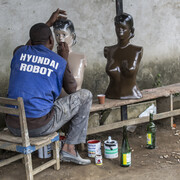
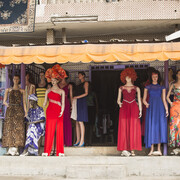
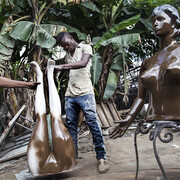
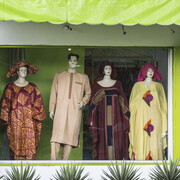
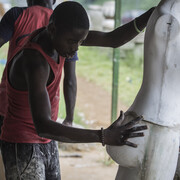
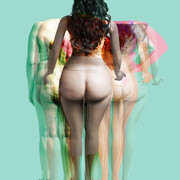
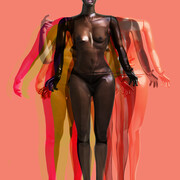
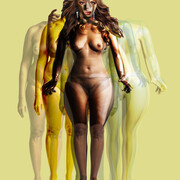
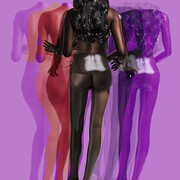
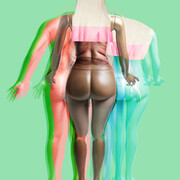
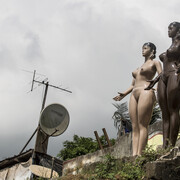
An introduction to contemporary Ivorian poetry
Edited by Todd Fredson